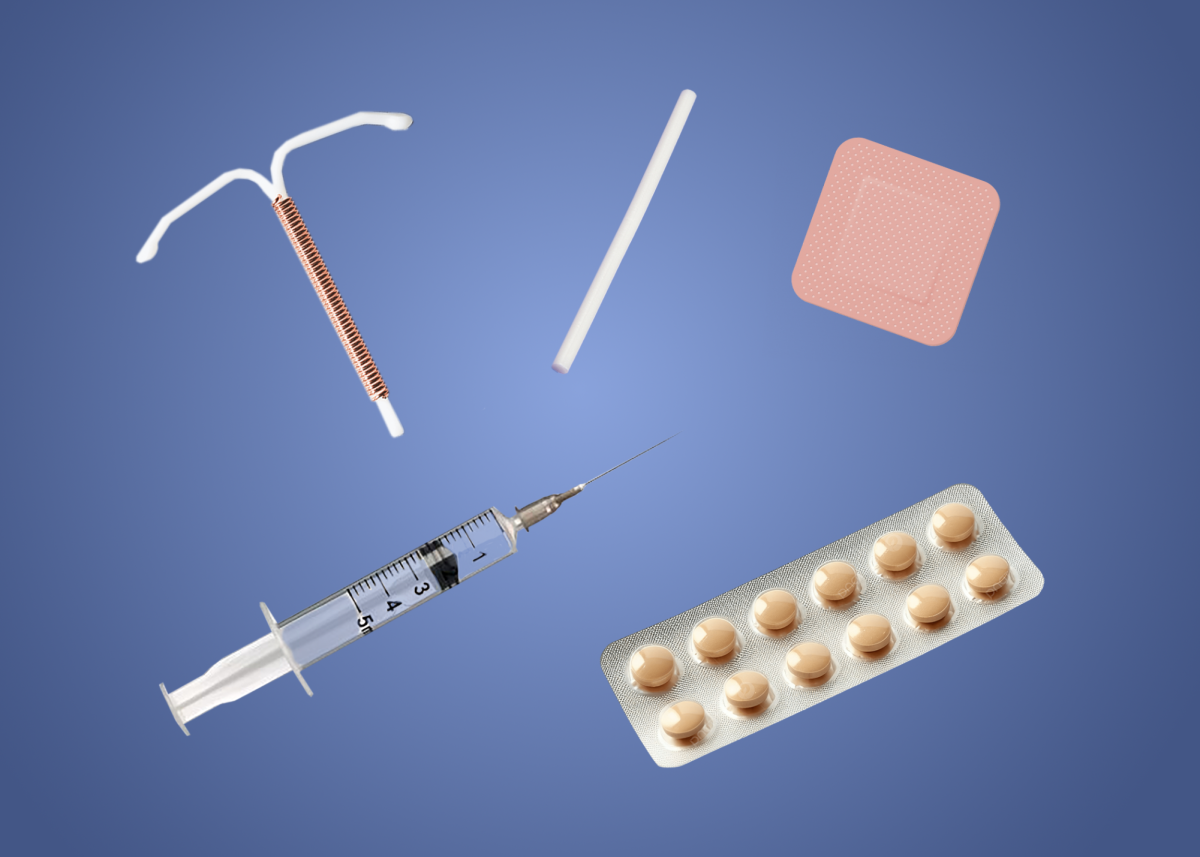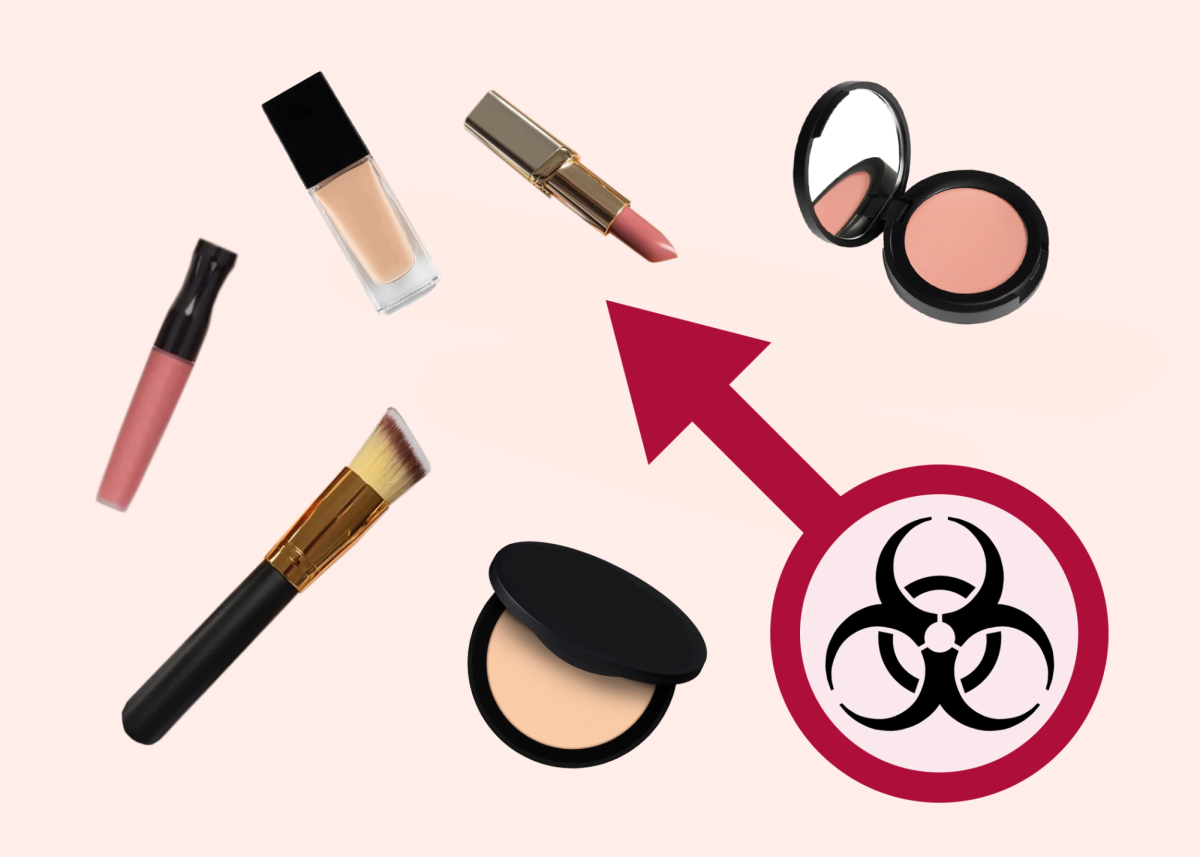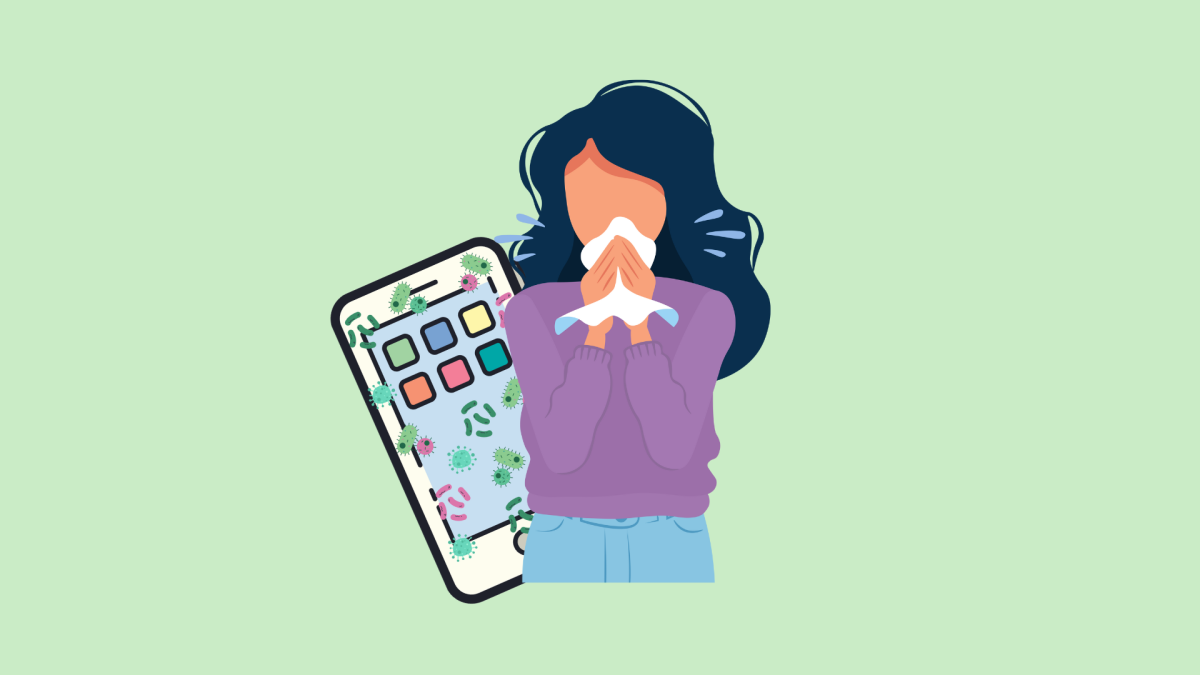It’s not only for preventing babies, some people assume that birth control is strictly utilized by sexually active individuals for means of contraception (pregnancy prevention), but that is not the only case. When Sophomore Oliver Taylor was asked if he’s used birth control he said, “So I use it not for the contraceptive reason, but I use it for painful menstruations. Before I started using birth control, I was getting cramps that were causing me to vomit and even pass out.” Taylor mentions how a typical over the counter pain relief pill was not sufficient for the pain he was experiencing, so he was prescribed birth control.
Hormonal birth control is used to prevent unwanted pregnancy, but it is used to also manage hormones and regulate menstrual periods. In a survey of 77 students at Paso Robles High School, 23.4% (18) use hormonal birth control.
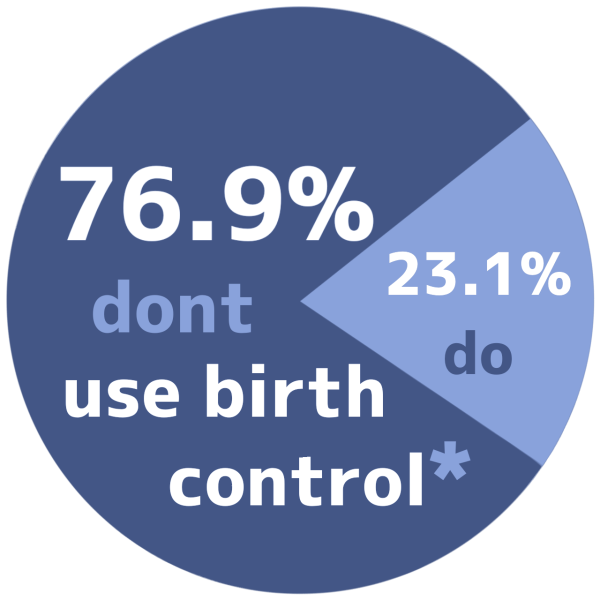
When patients take medications that include isotretinoin, a retinoid that treats acne, they must not get pregnant. Therefore they often go on birth control, even if they aren’t necessarily sexually active, according to MedlinePlus. Montserrat Muro, a sophomore, was considering going on Accutane, which includes isotretinoin. She soon then learned that she was required to take birth control. Going on birth control was not a decision she wanted to make, “I chose another pill instead of Accutane because I feel like taking birth control is a lot to do to get on medication.”
Along with being prescribed for the use of other medications and painful menstruation, birth control is prescribed to those who are going through menopause, have endometriosis, have anemia, acne, and at times, it reduces the risk of uterine cancer. It’s all in the hormones that help users improve these conditions.
Multiple types of hormonal birth control exist, including implants, the intrauterine device (IUD), injections, pills, and skin patches. Within the 77 students surveyed, more than ¼ (28.6%) were unaware about all these birth control options when listed to them. These methods release hormones into the body in one form or another in order to suppress ovulation, a crucial step to pregnancy prevention.
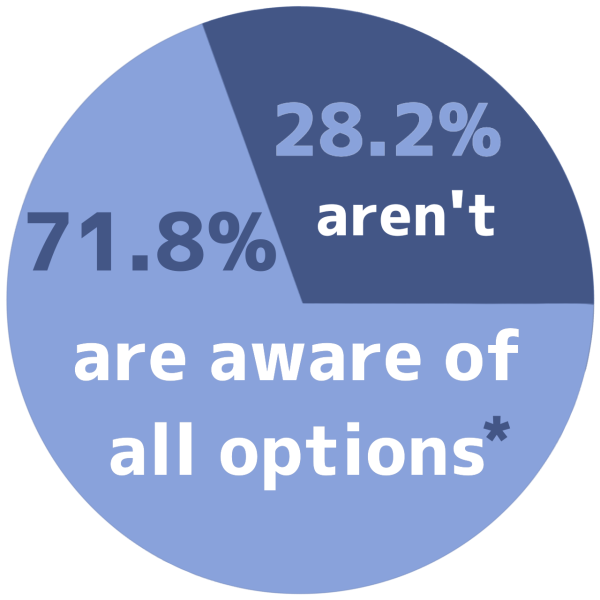
Locations on the body for birth control vary. Implants are a tiny rod inserted in the upper arm that release the hormone progestin into the bloodstream, that prevents pregnancy, it’s also referred to as P4. The IUD goes inside of the uterus and also releases P4. Injections involve injecting P4 into the body every 12 to 13 weeks. Pills taken orally and patches worn on the skin, have both estrogen and P4.
Estrogen and progestin occur naturally in the ovaries. Birth control adds more dosage of these hormones into the body. Progesterone and estrogen are naturally derived from plants like wild yams and soybeans. In a lab they are fabricated into progestin and a more processed estrogen that then go into all forms of birth control, according to the Cleveland Clinic.
With the use of any of these birth control methods come side effects. Taylor has gone through these himself.
In the same survey sent out for birth control, only 51.9% (40) of the 77 surveyed knew that acne, weight gain, depression, anxiety were just some of the side effects. 10 of those students were completely unaware that it came with side effects. Sophomore Ella Beckett, plans to use birth control due to the use of Accutane, notices this absence of knowledge, “I think the side effects of birth control should be talked about because it’s very risky to take knowing some of the side effects can be detrimental and in almost every form of birth control there are crucial side effects. They should be talked about and studied more because people tend to use birth control often.”
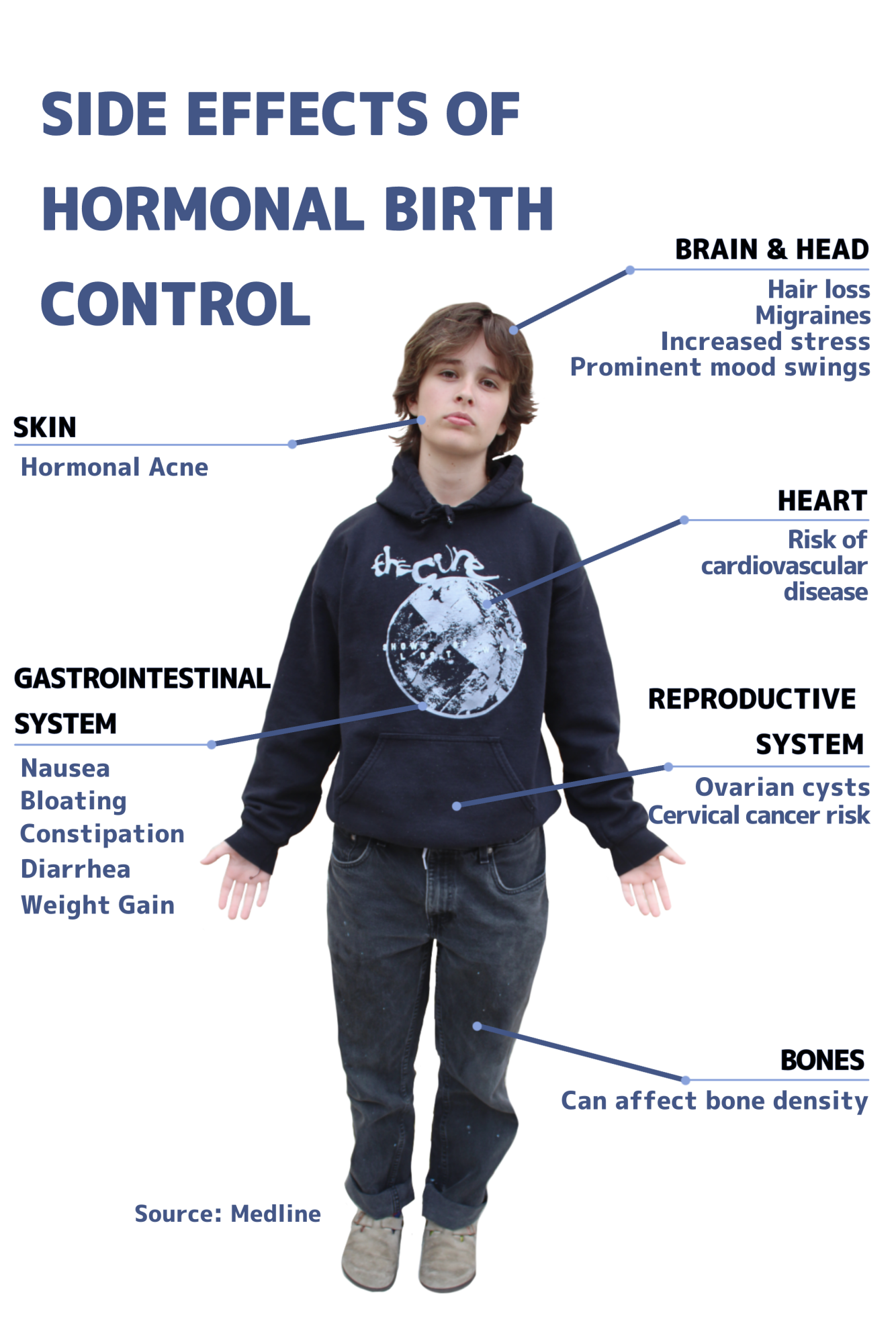
Whilst gathering information, some said the survey was inappropriate and sexual in nature. Assuming that someone is having sex because they are on birth control is ignorant, as birth control is utilized by many people to regulate things within their bodies.

